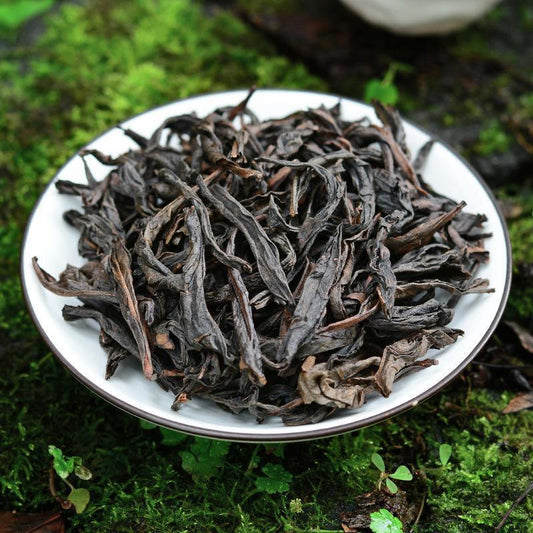I. Chinese Oolong Tea Culture
-
Historical Roots
Oolong tea originated in Fujian Province and matured during the Ming and Qing dynasties. Legends attribute its development to innovations by monks and tea farmers in the Wuyi Mountains.
The "Gongfu Tea" tradition from Chaoshan, Guangdong, elevates Oolong brewing to an art form, emphasizing the harmony of water, heat, teaware, and technique.
-
Cultural Significance
Oolong embodies the "Golden Mean" philosophy of Chinese tea culture, with partial oxidation (10–70%) balancing the freshness of green tea and the richness of black tea.
In Fujian, Guangdong, and Taiwan, Oolong is central to social rituals, reflecting hospitality and etiquette.
-
Traditional Craftsmanship
Key steps: Sun-withering → Tossing/shaking (to bruise leaves for controlled oxidation) → Pan-firing → Rolling → Roasting.
The "Red Edges with Green Center" (绿叶红镶边) and floral-fruity aromas result from skilled shaking techniques.
II. Major Oolong Tea Varieties
Classified by region, each with distinct flavors:
1. Northern Fujian Oolong (Heavy oxidation, deep roasting)
Wuyi Rock Tea (Yancha):
o Da Hong Pao ("Big Red Robe"): Mineral-rich, orchid notes.
o Shui Xian ("Narcissus"): Woody, aged variants develop honeyed tones.
o Rou Gui ("Cinnamon"): Spicy, long-lasting finish.
Brands: Zheng Shan Tang, Xi Guan.
2. Southern Fujian Oolong (Moderate oxidation, floral)
Anxi Tie Guan Yin ("Iron Goddess of Mercy"):
o Modern: Light oxidation (jade-green, orchid aroma).
o Traditional: Roasted, caramel notes.
Others: Huang Jin Gui ("Golden Osmanthus"), Ben Shan.
3. Guangdong Oolong
Phoenix Dan Cong:
o Single-bush cultivars with 100+ aroma types (e.g., Mi Lan Xiang "Honey Orchid," Ya Shi Xiang "Duck Shit Fragrance").
4. Taiwanese Oolong
Wenshan Baozhong: Light oxidation (near green tea).
Dong Ding: Medium roast, creamy texture.
Oriental Beauty (Bai Hao): Bug-bitten leaves yield honey-peach notes.
III. Health Benefits of Oolong Tea
-
Metabolism & Heart Health
o Catechins + caffeine synergize to boost fat oxidation (~10% metabolic increase; Journal of Nutrition).
o Lowers LDL cholesterol and improves endothelial function (Asia Pacific Journal of Clinical Nutrition).
-
Antioxidant & Anti-Aging
o Theaflavins/EGCG combat oxidative stress (2×绿茶’s ORAC value).
o Regular drinkers show 23% fewer skin wrinkles (Taiwanese cohort study).
-
Blood Sugar Control
o Polysaccharides inhibit α-glucosidase, reducing post-meal glucose spikes by 15% (Journal of Agricultural and Food Chemistry).
-
Additional Benefits
o Fluoride strengthens enamel; Chaozhou drinkers have lower cavity rates.
o L-theanine induces calm alertness (increased alpha brain waves).
IV. Brewing & Tips
Method: 100°C water, short steeps (5–20 sec), clay teapots preferred.
Caution: Avoid (fasting) drinking; tannins may inhibit iron absorption.
Storage: Refrigerate light-oxidation Oolongs; aged varieties (e.g., Lao Tie Guan Yin) improve over years.
Oolong tea bridges tradition and science, offering a sensory journey alongside evidence-backed wellness perks. Its global appeal continues to grow, with research validating centuries-old practices.

![Wuyi [Da Hong Pao] Strong Aroma Oolong Tea Canned Gift Set 360g - YIQIN TEA HOUSE | yiqinteahouse.com | da hong pao, oolong tea, tea](http://yiqinteahouse.com/cdn/shop/products/wuyi-da-hong-pao-strong-aroma-oolong-tea-canned-gift-set-360g-yiqin-tea-house-yiqinteahouse-com-1.png?v=1723259941&width=533)
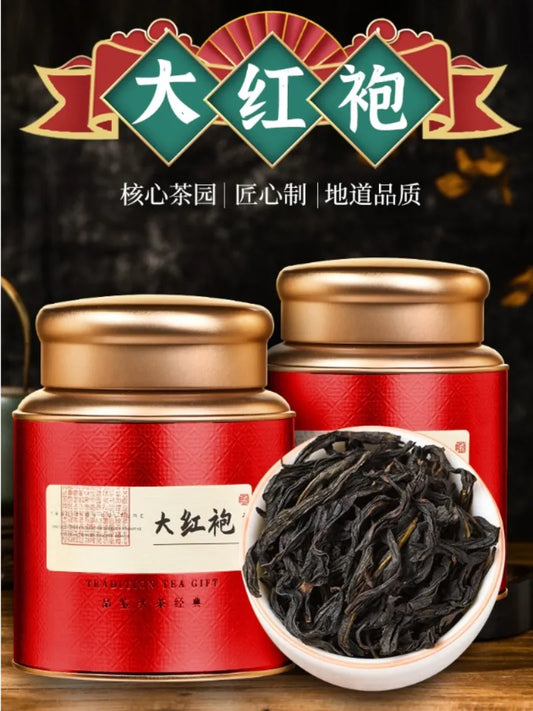
![Wuyi Yan Cha Premium [Da Hong Pao] Elegant Gift Box Set 250g - YIQIN TEA HOUSE | yiqinteahouse.com | da hong pao, gift, oolong tea, tea](http://yiqinteahouse.com/cdn/shop/files/wuyi-yan-cha-premium-da-hong-pao-elegant-gift-box-set-250g-yiqin-tea-house-yiqinteahouse-com-1.jpg?v=1723262908&width=533)
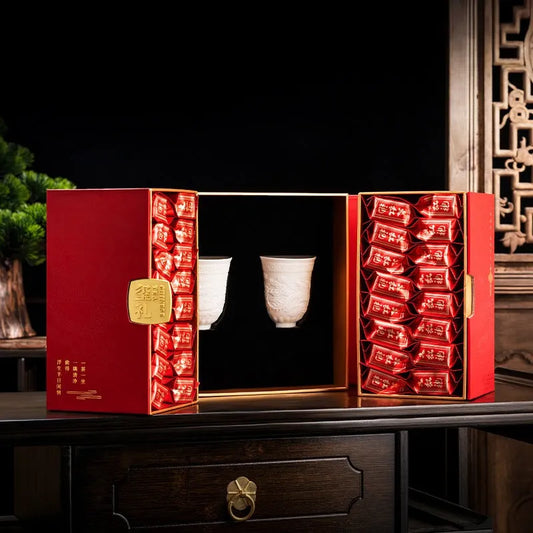
![[Tie Guan Yin] Fresh Flora Aroma Oolong Tea Gift Set 250/500g - YIQIN TEA HOUSE | yiqinteahouse.com | oolong tea, tea, tie guan yin](http://yiqinteahouse.com/cdn/shop/products/tie-guan-yin-strong-flora-aroma-oolong-tea-gift-set-250500g-yiqin-tea-house-yiqinteahouse-com-1.png?v=1723259949&width=533)
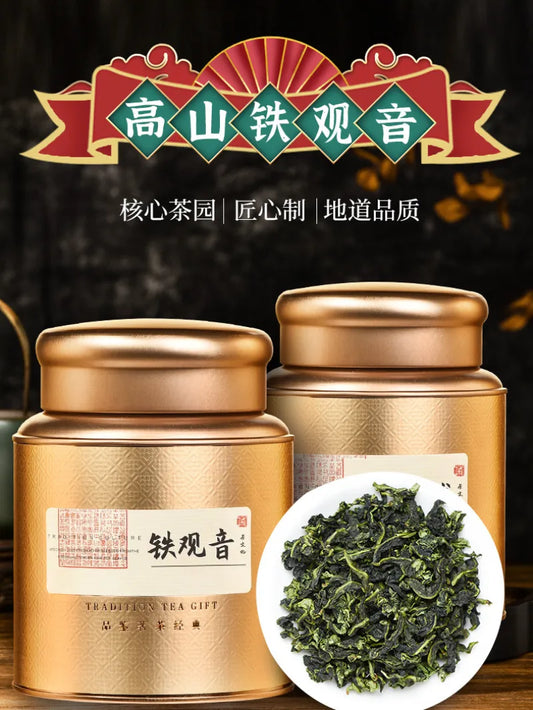
![Lao Duan Shan Premium Phoenix Dancong [Snowflakes Yashixiang] Oolong Tea - YIQIN TEA HOUSE | yiqinteahouse.com | oolong tea, phoenix dancong, tea](http://yiqinteahouse.com/cdn/shop/files/e0ede2693a7cb5d1e23e15ad4465315d.jpg?v=1733110951&width=533)
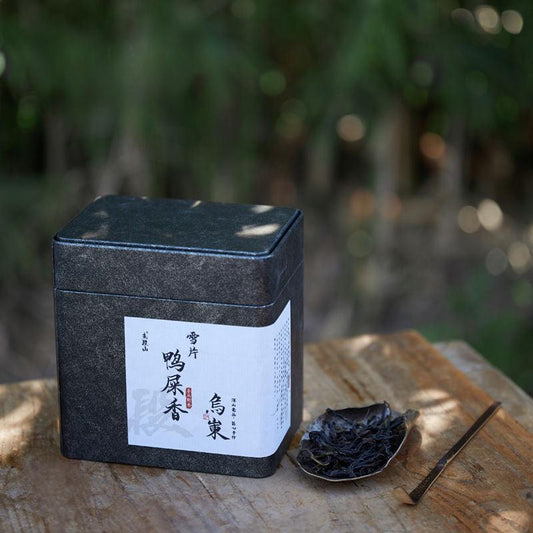
![Premium High Mountain [Dongding Oolong] Strong Aroma Oolong Tea Gift Set 250/500g - YIQIN TEA HOUSE | yiqinteahouse.com | dongding oolong, oolong tea, tea](http://yiqinteahouse.com/cdn/shop/files/premium-2024-high-mountain-dongding-oolong-strong-aroma-oolong-tea-gift-set-250500g-yiqin-tea-house-yiqinteahouse-com-1.jpg?v=1723262917&width=533)
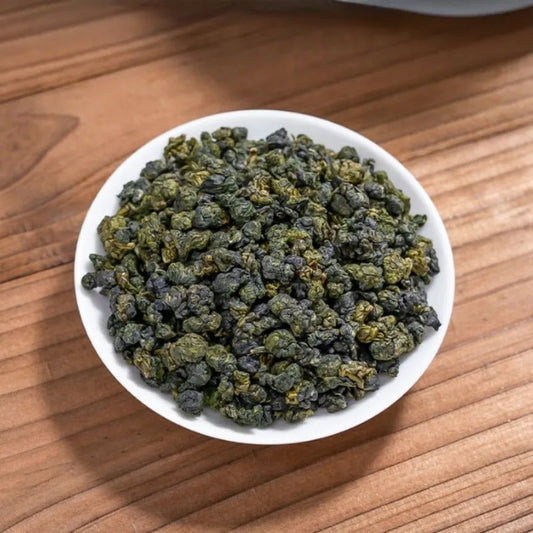
![Lao Duan Shan Phoenix Dancong [Milanxiang] Oolong Tea - YIQIN TEA HOUSE | yiqinteahouse.com | oolong tea, phoenix dancong, tea](http://yiqinteahouse.com/cdn/shop/files/5b30024d90bb9c6a073764fd0abf2068.jpg?v=1733111970&width=533)
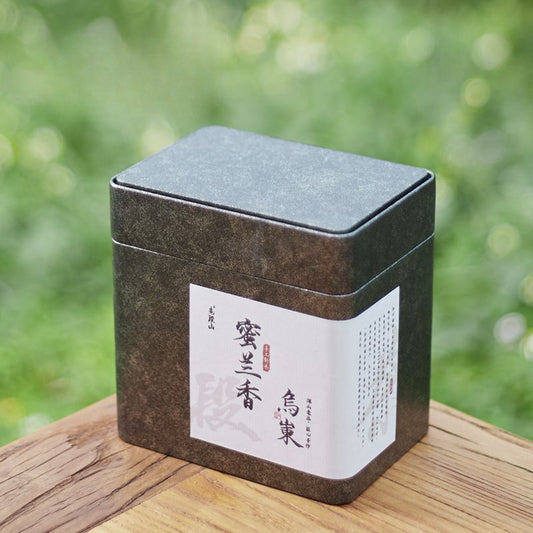
![Fujian Anxi Premium [Tie Guan Yin] Strong Flora Aroma Oolong Tea 260/520g - YIQIN TEA HOUSE | yiqinteahouse.com | oolong tea, tea, tie guan yin](http://yiqinteahouse.com/cdn/shop/files/6b3ee09b2e6c41a54a825902684384b1.jpg?v=1735736925&width=533)
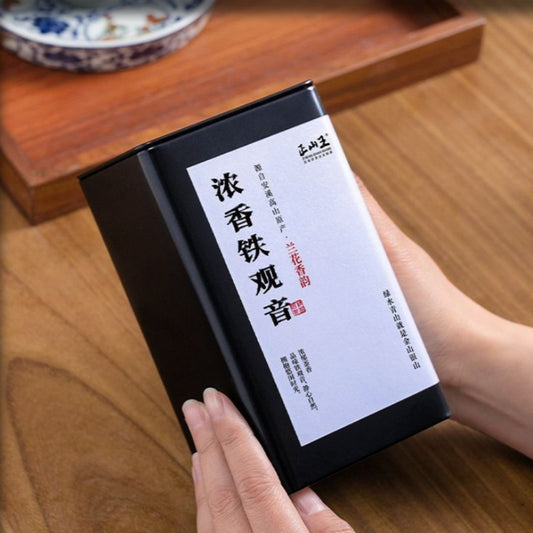
![Lao Duan Shan Premium Phoenix Dancong [Ancient Tree Yashixiang] Oolong Tea - YIQIN TEA HOUSE | yiqinteahouse.com | oolong tea, phoenix dancong, tea](http://yiqinteahouse.com/cdn/shop/files/09eabc5a7508946d967a0d2f235fb356.jpg?v=1733143049&width=533)
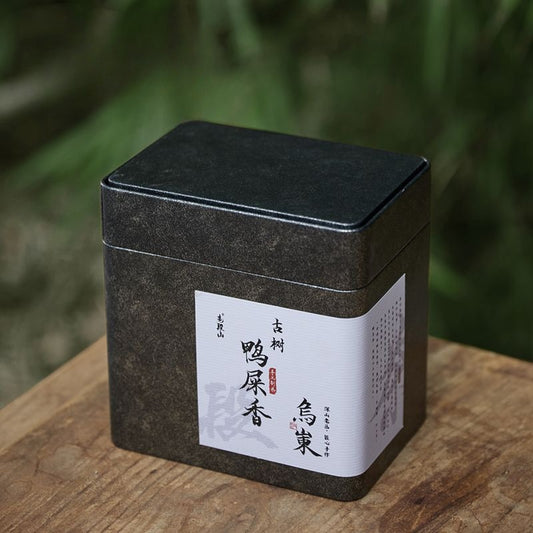
![Fujian Anxi [Tie Guan Yin] Strong Flora Aroma Small Cannd Gift Box Set 240g - YIQIN TEA HOUSE | yiqinteahouse.com | gift, oolong tea, tea, tie guan yin, tin](http://yiqinteahouse.com/cdn/shop/files/fujian-anxi-tie-guan-yin-strong-flora-aroma-small-cannd-gift-box-set-240g-yiqin-tea-house-yiqinteahouse-com-1.jpg?v=1723262969&width=533)
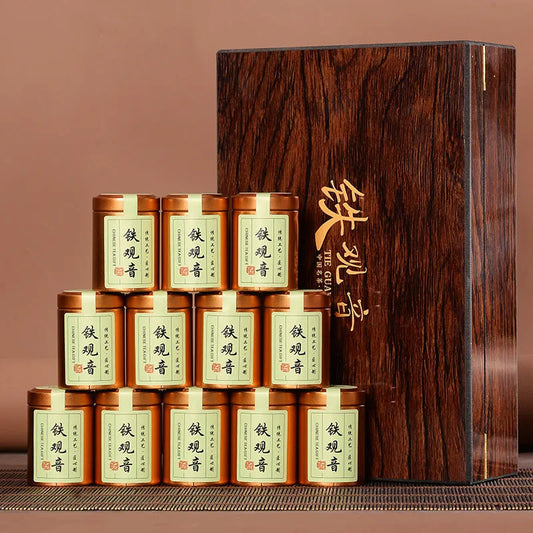
![Wuyi Yan Cha [Narcissus / Rougui / Da Hong Pao] Gift Box Set 500g - YIQIN TEA HOUSE | yiqinteahouse.com | da hong pao, gift, oolong tea, tea, wuyi narcissus, wuyi rougui](http://yiqinteahouse.com/cdn/shop/products/wuyi-yan-cha-narcissus-rougui-da-hong-pao-gift-box-set-500g-yiqin-tea-house-yiqinteahouse-com-1.jpg?v=1723255128&width=533)
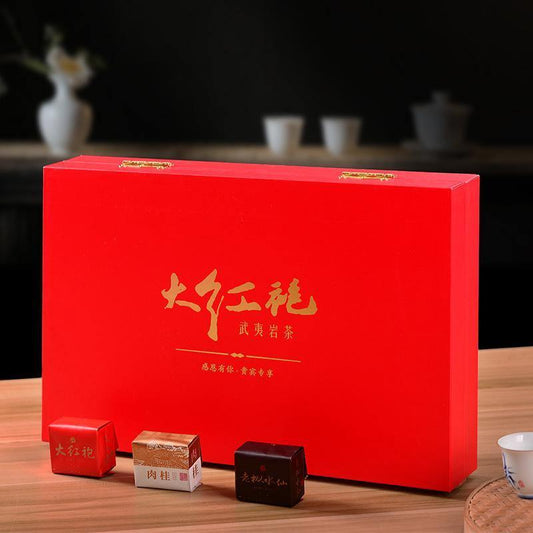
![Wuyi Yan Cha Premium [Dahongpao] Strong Flora Aroma Oolong Tea 260/520g - YIQIN TEA HOUSE | yiqinteahouse.com | da hong pao, oolong tea, tea](http://yiqinteahouse.com/cdn/shop/files/fb9d6b875bd424f3182115509d2a89ae.jpg?v=1735785905&width=533)
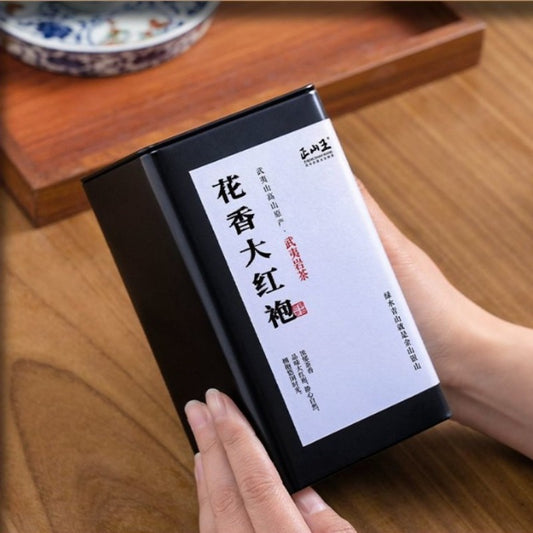
![Premium Wuyi [Ma Tou Yan Rougui] Fruity Fragrant Oolong Tea 500g - YIQIN TEA HOUSE | yiqinteahouse.com | oolong tea, tea, wuyi rougui](http://yiqinteahouse.com/cdn/shop/products/wuyi-rougui-fruity-fragrant-premium-oolong-tea-yiqin-tea-house-yiqinteahouse-com-1.jpg?v=1723255173&width=533)
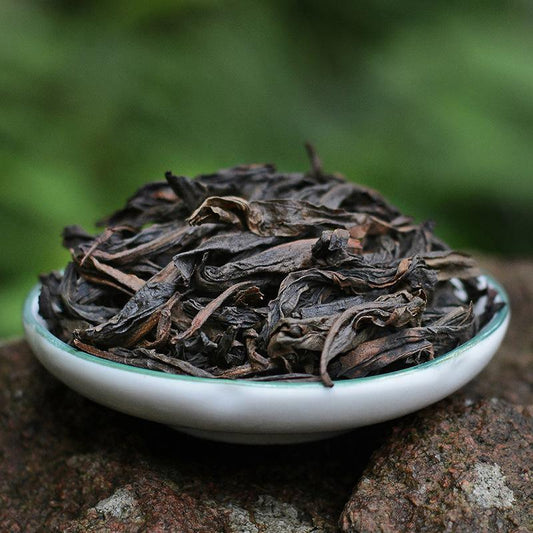
![Lao Duan Shan High Mountain Spring Phoenix Dancong [Ju Duo Zi] Almond Aroma Oolong Tea - YIQIN TEA HOUSE | yiqinteahouse.com | oolong tea, phoenix dancong, tea](http://yiqinteahouse.com/cdn/shop/files/ca7f15ddcd1ea5994723aff8d4e53ea6.jpg?v=1733109314&width=533)
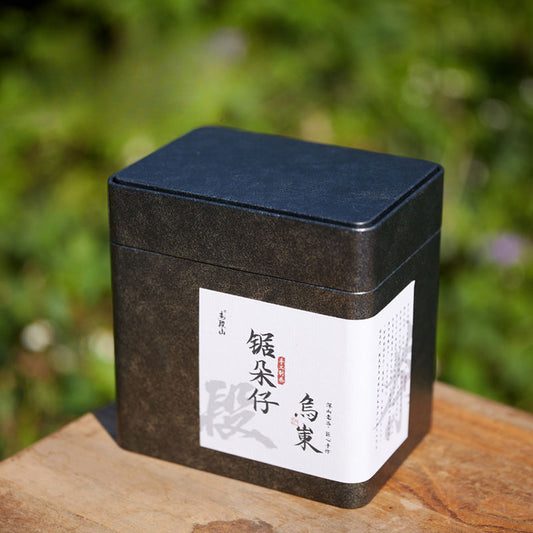
![Wuyi Yan Cha [Narcissus / Rougui / Qilan / Da Hong Pao | Jin Jun Mei / Lapsang Souchong] Small Cannd Gift Box Set 250g - YIQIN TEA HOUSE | yiqinteahouse.com | black tea, da hong pao, gift, jin jun mei, laysang souchong, oolong tea, tea, wuri rougui, wuyi narcissus, wuyi qilan](http://yiqinteahouse.com/cdn/shop/files/wuyi-yan-cha-narcissus-rougui-qilan-da-hong-pao-or-jin-jun-mei-lapsang-souchong-small-cannd-gift-box-set-250g-yiqin-tea-house-yiqinteahouse-com-1.jpg?v=1723262973&width=533)
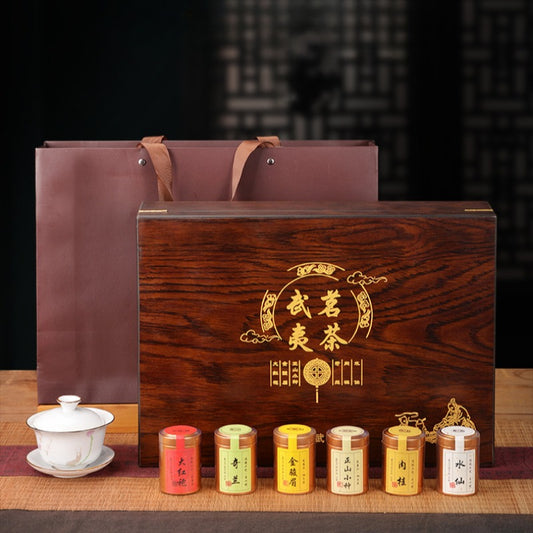
![Premium Wuyi [Qilan] Orchid Flora Fragrance Oolong Tea 500g - YIQIN TEA HOUSE | yiqinteahouse.com | oolong tea, tea, wuyi qilan](http://yiqinteahouse.com/cdn/shop/products/wuyi-qilan-flora-fragrance-oolong-tea-500g-yiqin-tea-house-yiqinteahouse-com-1.jpg?v=1723255222&width=533)
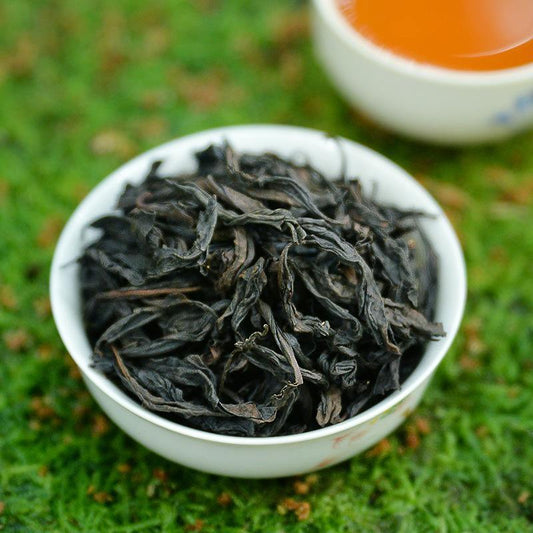
![Premium Wuyi [Golden Peony] Oolong Tea 500g - YIQIN TEA HOUSE | yiqinteahouse.com | golden peony, oolong tea, tea](http://yiqinteahouse.com/cdn/shop/products/wuyi-golden-peony-oolong-tea-500g-yiqin-tea-house-yiqinteahouse-com-1.jpg?v=1723255207&width=533)
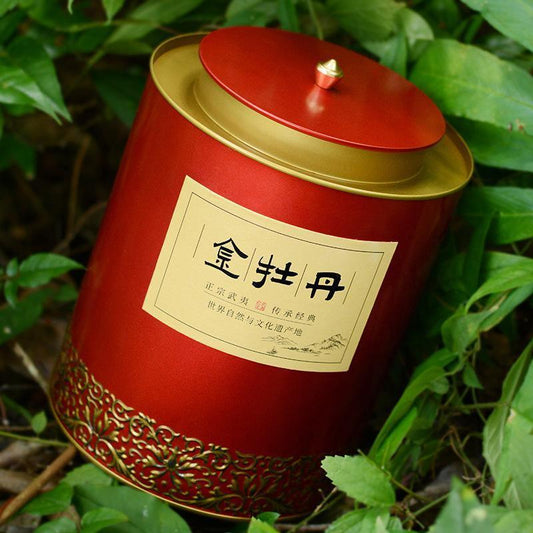
![Wuyi Yan Cha Premium [Lao Cong Narcissus] Strong Flora Aroma Oolong Tea 260/520g - YIQIN TEA HOUSE | yiqinteahouse.com | oolong tea, tea, wuyi narcissus](http://yiqinteahouse.com/cdn/shop/files/d982751398cac245e6558919719e5dda.jpg?v=1735790755&width=533)

![Wuyi Yan Cha Premium [Qilan] Strong Flora Aroma Oolong Tea 260/520g - YIQIN TEA HOUSE | yiqinteahouse.com | oolong tea, tea, wuyi qilan](http://yiqinteahouse.com/cdn/shop/files/Qilan.jpg?v=1735789581&width=533)
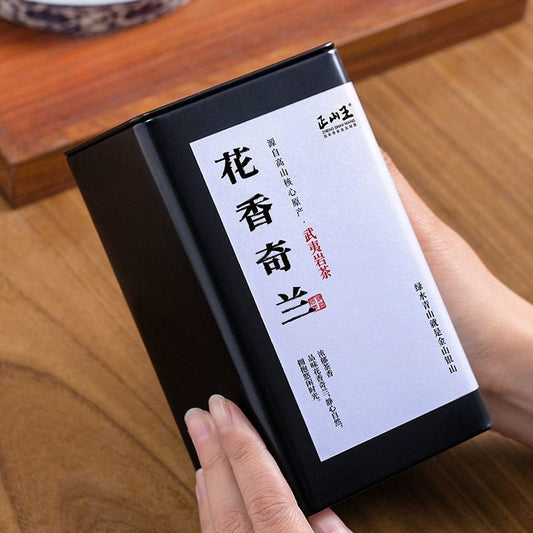
![Wuyi Yan Cha Premium [Ma Tou Yan Rougui] Cinnamon Aroma Oolong Tea 260/520g - YIQIN TEA HOUSE | yiqinteahouse.com | oolong tea, tea, wuyi rougui](http://yiqinteahouse.com/cdn/shop/files/54d7fb87ce4114b7b4f4007b5e53086b.jpg?v=1735736377&width=533)
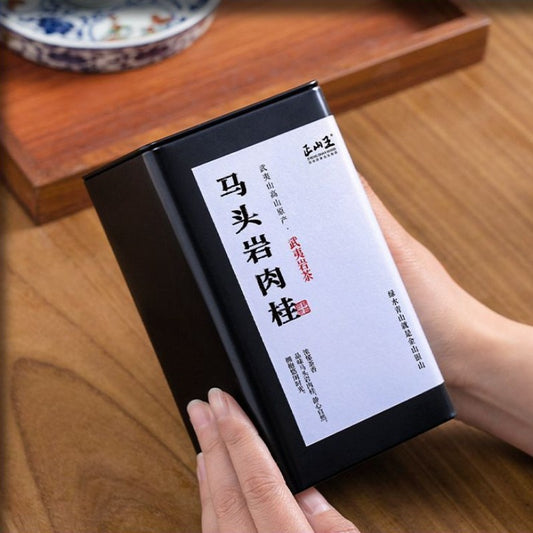
![Wuyi Yan Cha Premium [Hu Xiao Yan Rougui] Cinnamon Aroma Oolong Tea 260/520g - YIQIN TEA HOUSE | yiqinteahouse.com | oolong tea, tea, wuyi rougui](http://yiqinteahouse.com/cdn/shop/files/f56587cca3d1fe192522a7c5daead293.jpg?v=1735723759&width=533)
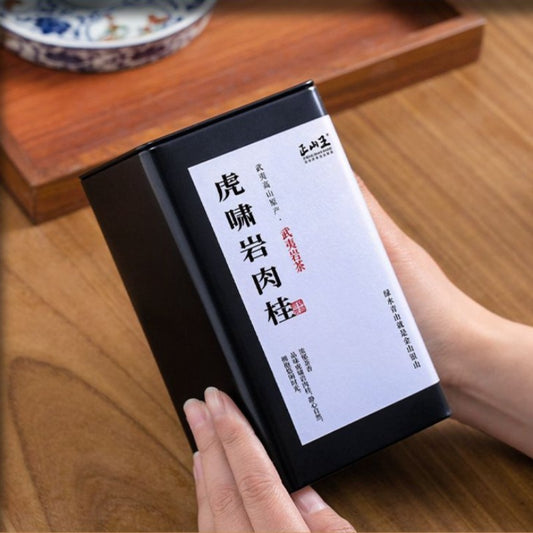
![Wuyi Yan Cha Premium [Niu Lan Keng Rougui] Cinnamon Aroma Oolong Tea 260/520g - YIQIN TEA HOUSE | yiqinteahouse.com | oolong tea, tea, wuyi rougui](http://yiqinteahouse.com/cdn/shop/files/411bf23f4e0aebbc2408ddd6a2e3d327.jpg?v=1735736976&width=533)
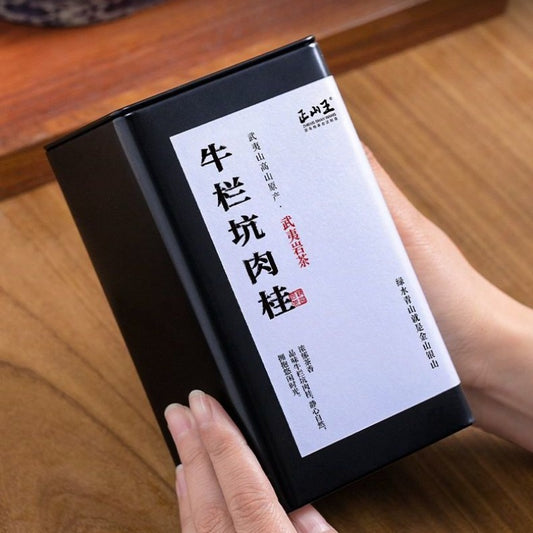
![Wuyi Yan Cha [Wuyi Narcissus] Oolong Tea Gift Box Set 250g - YIQIN TEA HOUSE | yiqinteahouse.com | gift, oolong tea, tea, wuyi narcissus](http://yiqinteahouse.com/cdn/shop/files/e2857edc9bee3eab1f79cf04d9aabdc9.jpg?v=1734697547&width=533)

![Lao Duan Shan Premium Phoenix Dancong [Ancient Tree Ju Duo Zi] Almond Aroma Oolong Tea - YIQIN TEA HOUSE | yiqinteahouse.com | oolong tea, phoenix dancong, tea](http://yiqinteahouse.com/cdn/shop/files/547e6d93b13ccd22ef3a11712e145a40.jpg?v=1733105916&width=533)
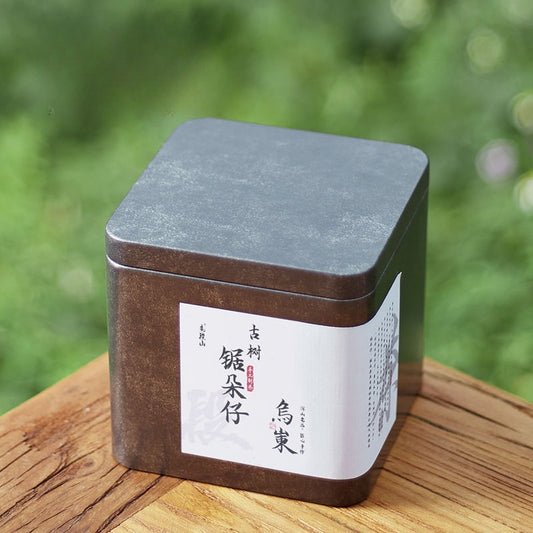
![Lao Duan Shan Phoenix Dancong [Yashixiang] Oolong Tea - YIQIN TEA HOUSE | yiqinteahouse.com | oolong tea, phoenix dancong, tea](http://yiqinteahouse.com/cdn/shop/files/lao-duan-shan-phoenix-dancong-yashixiang-oolong-tea-yiqin-tea-house-yiqinteahouse-com-2.jpg?v=1724349005&width=533)
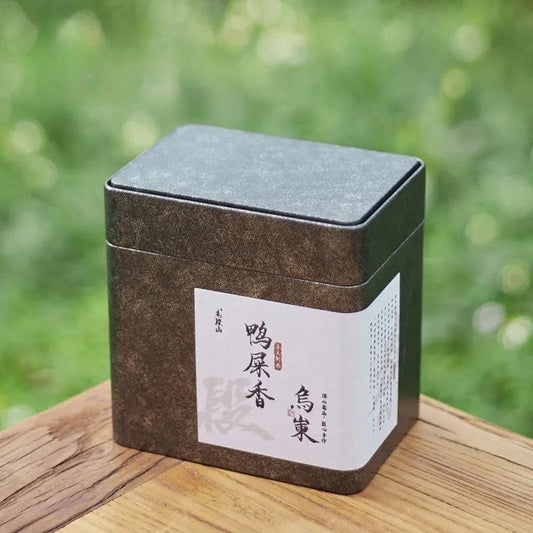
![Premium Wuyi [Baqi Rougui] Strong Fragrant Oolong Tea 500g - YIQIN TEA HOUSE | yiqinteahouse.com | oolong tea, tea, wuyi rougui](http://yiqinteahouse.com/cdn/shop/products/wuyi-rougui-strong-fragrant-premium-oolong-tea-500g-yiqin-tea-house-yiqinteahouse-com-1.jpg?v=1723255191&width=533)
